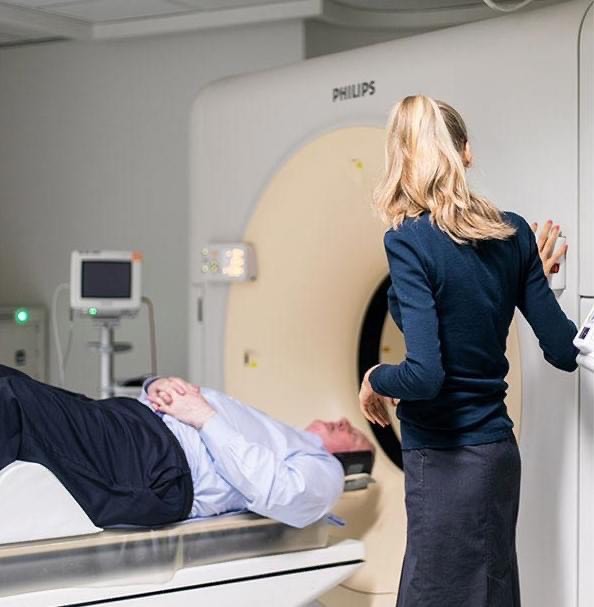Unlike bowel cancer and breast cancer, there is currently no government screening program for lung cancer. This is because it is only useful for people who are at high risk of developing lung cancer, and this is mainly long-term smokers.
Lung cancer has a relatively high mortality rate, partly because it can be difficult to diagnose in the absence of clinical symptoms. In many cases, by the time a diagnosis is made, prompted by clinical symptoms, the cancer has progressed to a point beyond which treatment is effective.

A Low-dose CT scan has been proven to reduce the risk of death from lung cancer by at least 20% in patients considered at high risk of developing lung cancer from cigarette smoking. This is because the scan can detect cancer at an earlier stage when it is still curable. Who should have the scan? Low Dose CT is recommended for high-risk individuals who currently smoke heavily or have a history of heavy smoking.
Both current heavy smokers and ex-smokers who have quit in the past 15 years should undergo the test.
What is classed as ‘heavy smoking’?
Heavy smoking is defined as smoking a pack (20 cigarettes) a day for 30 years or two packs a day for 15 years.
What does the scan involve?
A low-dose CT scan involves lying on a table that slides inside a large donut-shaped scanner which takes multiple images of the body. The procedure does not require any preparation, is painless and takes minutes to complete.
How often should I have a scan?
Current guidelines recommend an annual lung cancer screening for current and ex heavy smokers.
Are there costs involved?
If you are a Medicare card holder, this test is bulk billed and there is no out-of-pocket expense.
